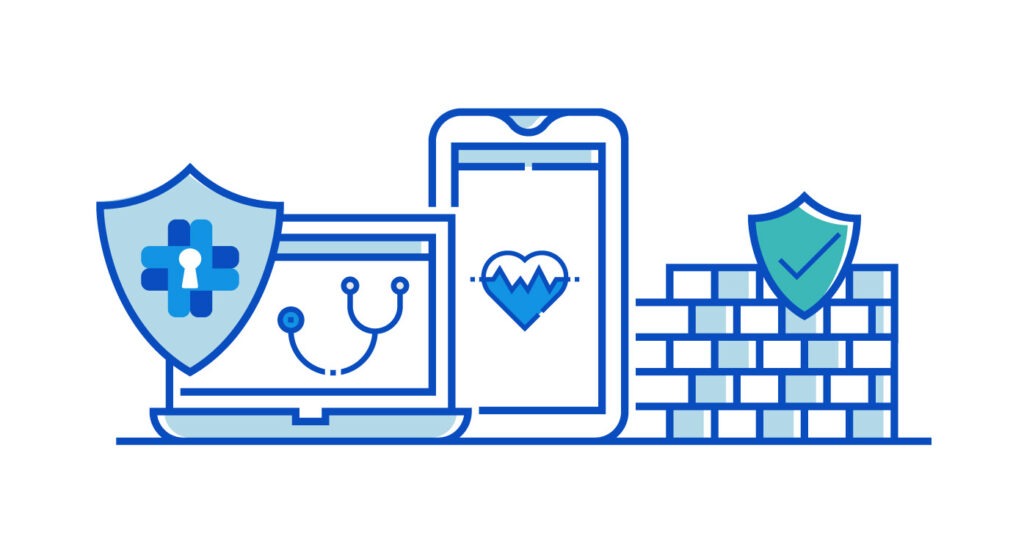Pilot 2

Validating the CYLCOMED Toolbox in Real-World Telemedicine and Emergency Care Scenarios
Pilot 2 of the CYLCOMED project focuses on validating the cybersecurity toolbox in real-world healthcare settings, with deployments led by clinical partners Ospedale Pediatrico Bambino Gesú and Hospital Infantil Universitario Niño Jesus.
In Rome, the Ospedale Pediatrico Bambino Gesù designed and implemented a clinical study involving pediatric patients with congenital heart failure, aiming to evaluate:
- The performance of CYLCOMED’s cybersecurity toolbox for connected medical devices (CMDs)
- The tolerability and usability of a remote telemonitoring system
11 out of 16 patients have been enrolled, each monitored over a two-month period using wearable CMDs. These devices send cardiological health data to a secure backend server hosted within the hospital, running the MediaClinics Health Platform (MHP). This server is enhanced with AI-based cybersecurity features developed by CYLCOMED, such as:
- Real-time anomaly detection
- Continuous log monitoring
- Automated risk assessment
- Robust identity and access controls
- Encryption to ensure data confidentiality and integrity
Clinicians monitor the data flow through a dedicated dashboard, which offers insights into both patient health and the cybersecurity status of the system. The pilot demonstrated high levels of patient compliance and a positive user experience, confirming the practicality and added value of integrating strong cybersecurity safeguards in telemedicine workflows.
In Madrid, Pediatric Hospital Niño Jesús of Madrid tested the project’s dashboard (another key toolbox component) in emergency medical services ambulances. The dashboard supervises the cybersecurity status of the 5G connection used to send the clinical parameters of a child in critical condition from the ambulance to the hospital.
CYLCOMED Solution: Pilot 2 confirms the feasibility and benefits of applying the CYLCOMED cybersecurity toolbox in both telemedicine and emergency care. The solutions were shown to be secure, interoperable, and user-friendly, supporting reliable remote monitoring without disrupting clinical operations, and paving the way for broader adoption of cybersecure connected health systems across Europe.
